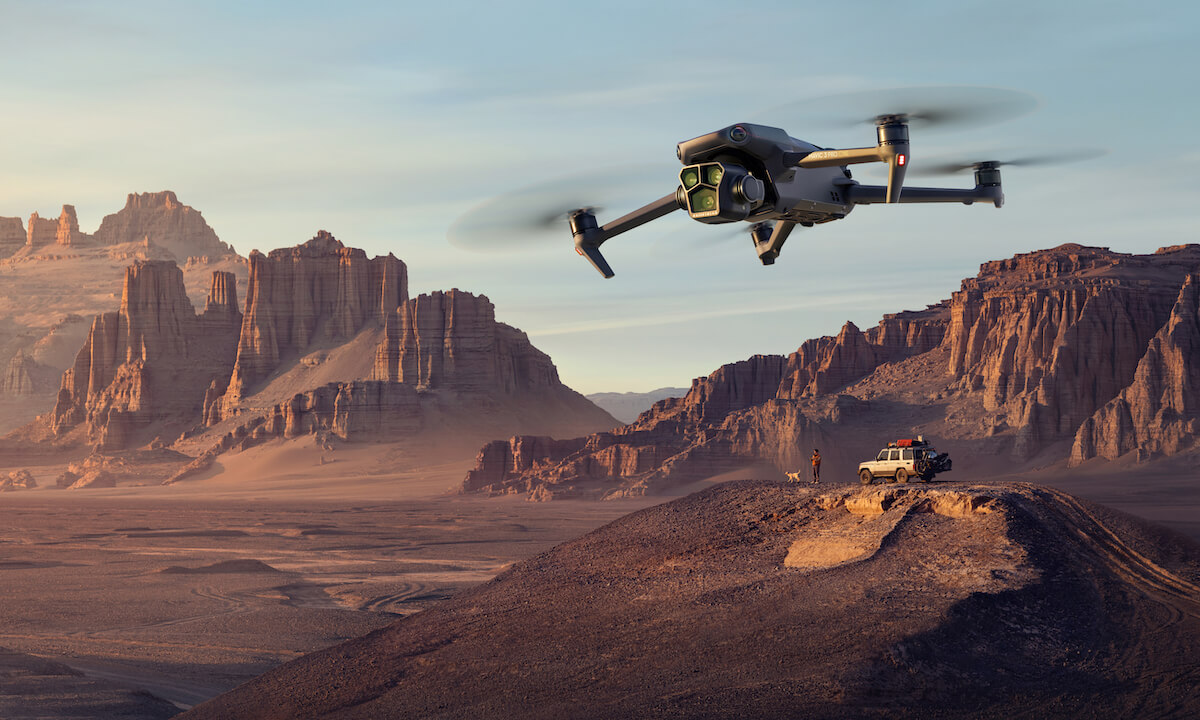In the rapidly evolving world of technology, drones have emerged as groundbreaking tools not only for recreation but also for professional use. One of the most exciting developments in this field is the integration of drones with headsets. This technological marriage promises to enhance the aerial experience by providing immersive, real-time views and control.
The Advantages of Headset Integration with Drones
The concept of pairing drones with headset technology revolves around offering users a more immersive experience. Here, the drone’s camera feeds directly into the headset, allowing for a first-person view (FPV), which is akin to virtually piloting the aircraft oneself. This innovation is particularly beneficial for photographers, videographers, and search and rescue operations. With FPV, there’s a heightened sense of presence and control, transforming how pilots interact with their drone.
Not only does this integration enhance control, but it also improves safety and operational efficiency. Pilots can make precise maneuvers, navigate challenging environments, and capture stunning visuals without stepping out of their comfort zones. As headset technology evolves, the clarity, responsiveness, and resolution of what pilots see improve dramatically, pushing the limits of what drones can achieve.
How It Works: Technical Insight
Understanding the technological intricacies of drones with headsets reveals a fascinating roadmap of connectivity. These systems often rely on wireless technology, such as Wi-Fi or radio frequencies, to transmit audio-visual data seamlessly between the drone and the headset. This connectivity involves sophisticated protocols designed to minimize latency and interference, ensuring that the pilot receives real-time, uninterrupted feedback.
Another critical aspect is the software interface used to coordinate the headset’s feedback with the drone’s operations. Many of these systems are equipped with intuitive controls, allowing for easy navigation and maneuvering, enhancing the user’s overall experience, and enabling a deep dive into intricate aerial territories.

Innovative Applications Across Industries
With headset integration, drones are revolutionizing several sectors with new applications. In media and entertainment, creators are now able to deliver unprecedented footage by virtually stepping into their drone’s view through their headset. This capability provides filmmakers and documentary photographers with unique angles and perspectives that were previously unreachable.
Additionally, industries such as agriculture and construction are witnessing exponential benefits. For instance, drones equipped with headsets enable farmers to monitor crops and soil conditions closely, making proactive adjustments that enhance yield and sustainability. In construction, operators can inspect sites safely from a distance, evaluate structures for stability, and plan logistical arrangements more effectively, cutting down on overhead and minimizing risk.
Future Implications and Innovations
The future of drones equipped with headsets is promising and full of potential. As both technologies advance, it’s expected that drones will become even more autonomous and efficient, equipped with machine learning algorithms that will further streamline operations. Coupled with augmented reality (AR) capabilities, headset integration could soon make remote control intuitive, providing pilots with overlays and real-time data that enhance decision-making processes.
The prospect of AI-enhanced drones, virtual reality headsets, and integrated systems hints at a transformative era where drones will play critical roles in urban planning, disaster response, and leisure industries, offering experiences and solutions previously considered science fiction.
Frequently Asked Questions
How does headset integration affect drone battery life?
Drones with headsets may experience a marginal decrease in battery life due to the power required for data transmission. However, advances in battery technology are continually mitigating this issue, ensuring extended flight times.
Can headset integration be adapted to existing drone models?
Many existing drones can be retrofitted with headset capabilities through hardware upgrades and software installations. Consult with drone manufacturers or specialists to explore compatibility options.
Are these systems beginner-friendly?
.jpg)
While there’s a learning curve associated with using headsets with drones, many systems are designed with user-friendly interfaces and tutorials to assist beginners in mastering the technology.